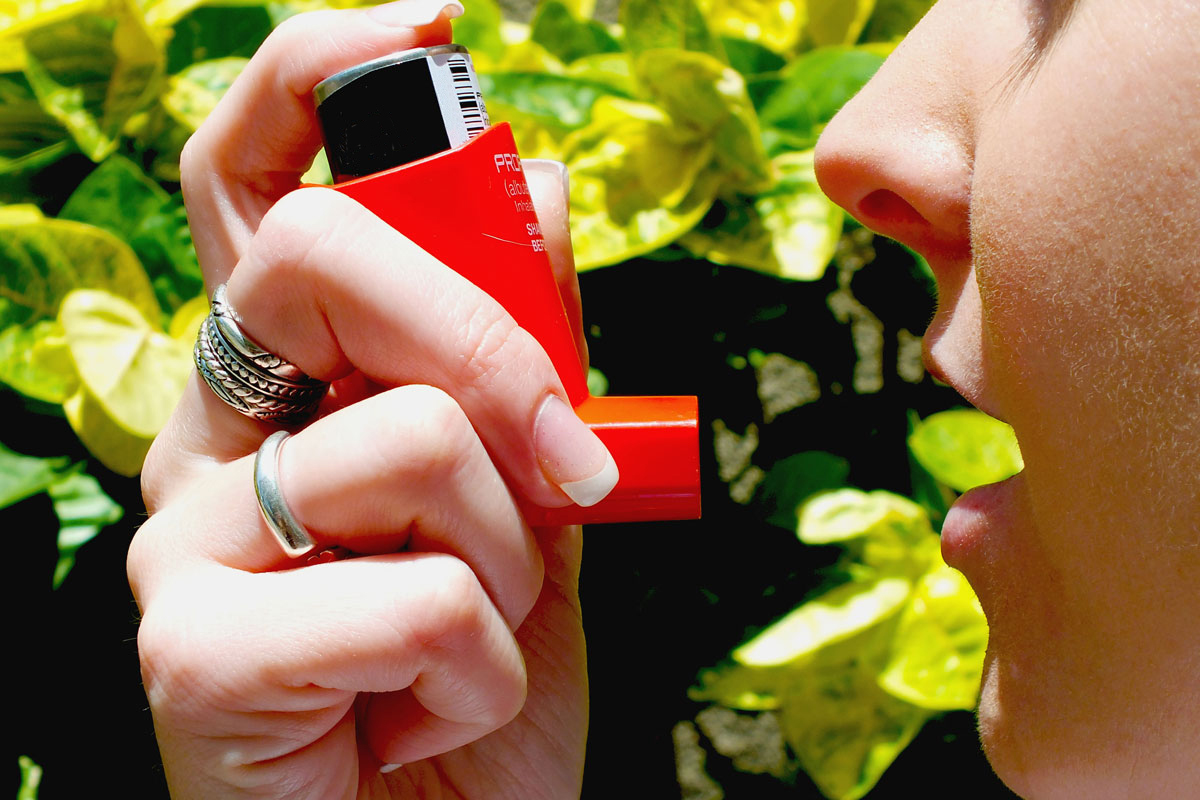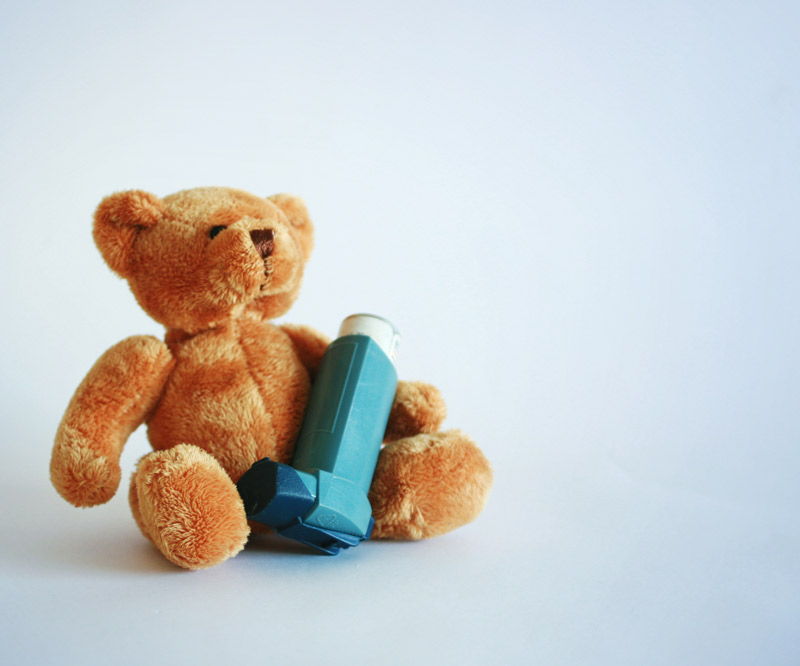
Asthma Awareness: Breathe Easier with Advice from an Expert
Chances are you have asthma, have a family member with asthma, or know someone with asthma.
Asthma is a chronic lung disease that affects children and adults of all ages. Some people have mild asthma and require medications intermittently. For others, asthma symptoms are severe and affect their quality of life.
It has been estimated that asthma affects 25.7 million people in the United States, including 7 million children younger than age 18.
The prevalence of asthma also is increasing, rising from 3.1 percent in 1980, to 5.5 percent in 1996, to 8.4 percent in 2010.
That’s one in 12 people who had asthma five years ago, and the numbers are only going up!
Prevalence of Asthma in Hawaii
In Hawaii, adults ages 18-24 have the highest rate for asthma, with women more likely to suffer from the condition than men.
Other statewide statistics include the following:
- There is a higher rate of childhood asthma in boys than in girls.
- About 4.3 percent of Native Hawaiians have asthma, with children having the highest rates.
- Native Hawaiians and part-Hawaiians have the highest asthma rates compared to other ethnic groups.
- Kauai has the highest prevalence of asthma compared to other islands.
What Happens During an Asthma Attack?
During an asthma attack, the inside lining of your breathing tubes becomes swollen and inflamed. The outer muscle layer surrounding the breathing tubes also constricts, and cells inside the tubes make more mucous.
The end result is that the diameter of your breathing tubes becomes smaller and gets plugged with mucous, making it very hard to move air in and out through these smaller breathing tubes.
Think of it like trying to breathe through a straw.
The most common symptoms of asthma are:
- Shortness of breath.
- Chest congestion or pain.
- Disrupted sleep due to difficulty breathing or coughing.
- Wheezing.
- Prolonged coughing associated with colds.
Diagnosing Asthma
There are different types of asthma:
- Non-allergic asthma – Triggers include exercise, stress, colds, vog and smoke.
- Allergic asthma – Triggers include pet dander, pollens, dust mites and cockroach particles.
- Occupational asthma – Triggered by work-place irritants such as cleaning products, chemical fumes, gases or other substances on the job.
- Exercise-induced asthma – Triggered by certain physical activities, such as running, climbing stairs, swimming or other intense exercise.
The type of asthma you have can be diagnosed with the help of a good medical history and physical examination.
Family history also is very important, as there is a higher risk for allergies and asthma in children if one or both parents have a history of asthma or allergies.
Tests for asthma include:
- Spirometry or lung-function testing – A test that determines how well the lungs work.
- Methacholine challenge – A medication is inhaled to induce a mild asthma attack that can be observed by the allergist.
- Nitric oxide test – A method used to measure airway inflammation.
- Provocative testing for exercise-induced asthma – Lung function is measured while the patient performs a controlled exercise.
Allergy testing is very important for people with allergic asthma so that they can identify their allergic triggers and avoid them, if possible. For example, if the VOG count is high, it may be best to stay indoors in an air-conditioned environment.
Environmental control measures can be instituted for asthmatics allergic to dust mites. Allergy shots also could be a treatment option to block specific allergy triggers.
Treatment and Therapies
Asthma cannot be cured, but symptoms can be controlled so that individuals can lead normal, active lives.
Long-term asthma controller medications are taken regularly to help keep asthma symptoms under control.
Rescue medications are used as needed for acute asthma attacks or increasing asthma symptoms. They are sometimes taken before exposure to known asthma triggers, such as exercise.
Other therapies for the treatment of asthma include:
- Allergy Immunotherapy – Allergy shots used to desensitize people with allergic asthma to their allergy triggers.
- Omalizumab (Xolair) – An injection to treat severe allergic asthma.
- Bronchial Thermoplasty – Used to treat severe asthmatics who do not respond to aggressive asthma medication use, including corticosteroids, and who have a poor quality of life.
Anyone with asthma should always make sure they have their asthma medications available and that their medications are not expired. It is wise to have your rescue inhaler with you at all times, especially when travelling.
You also should discuss and formulate with your doctor an “asthma action plan” so that you know what to do if you have an asthma attack. In many cases, your doctor will advise you to increase certain medications, like your corticosteroid inhaler, especially if you experience the following signs that your asthma may be worsening:
- More-frequent asthma symptoms.
- Increased nighttime awakenings due to asthma.
- Increased difficulty breathing.
- Use of your rescue inhaler, such as Albuterol HFA, more frequently (more than two times in one day).
It is very important to understand that you can die from a severe asthma attack. Even if you have mild asthma, you can still suffer a severe, life-threatening asthma attack.
Go to the emergency room or call 911 if:
- Your symptoms worsen or you experience severe shortness of breath.
- You note no improvement after using your rescue inhaler.
- You have difficulty talking or have difficulty performing minimal physical activity.
Published on: April 29, 2016





